Submitted by WA Contents
MAD built its first social housing project in Beijing
China Architecture News - Jun 21, 2022 - 11:59 6099 views
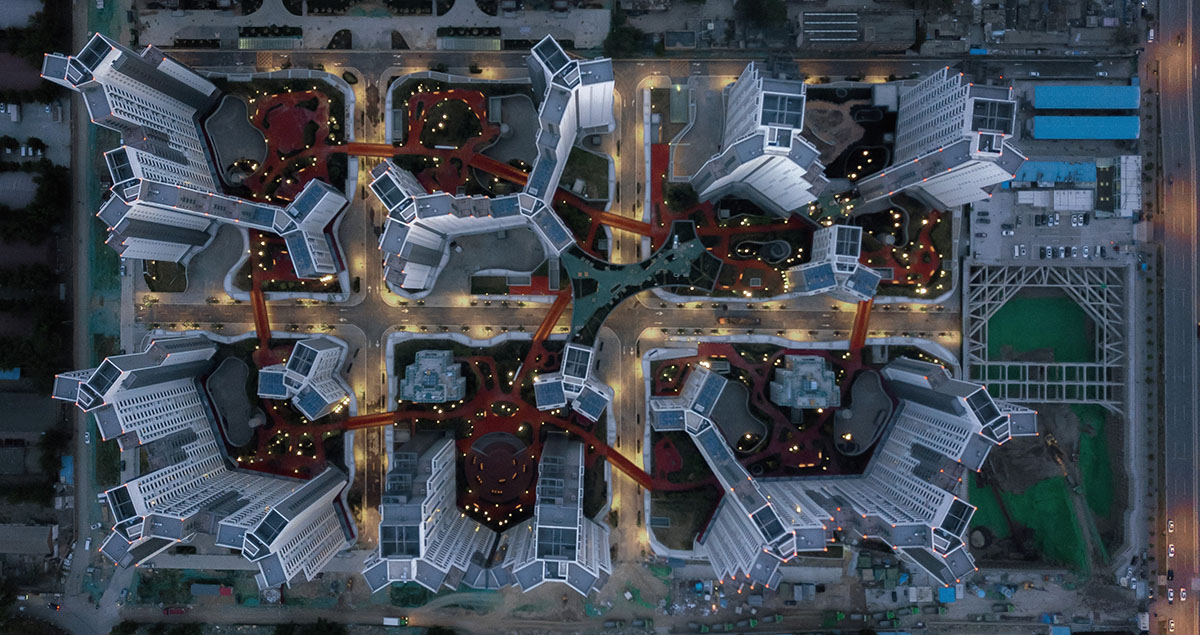
Chinese architecture practice MAD has built its first social housing project in Beijing, China.
Named Baiziwan Social Housing (later referred to as Baiziwan), the new complex is the first affordable housing project by MAD Architects, led by Ma Yansong, who recently spoke to WAC's China Country Reporter Flora Jing Lin Ng in WAC's Instagram.
The new social housing is situated near the CBD (Central Business District) in Beijing. The project covers the area of 93,900 square meters and a total construction area reaches at 473,300 square meters.
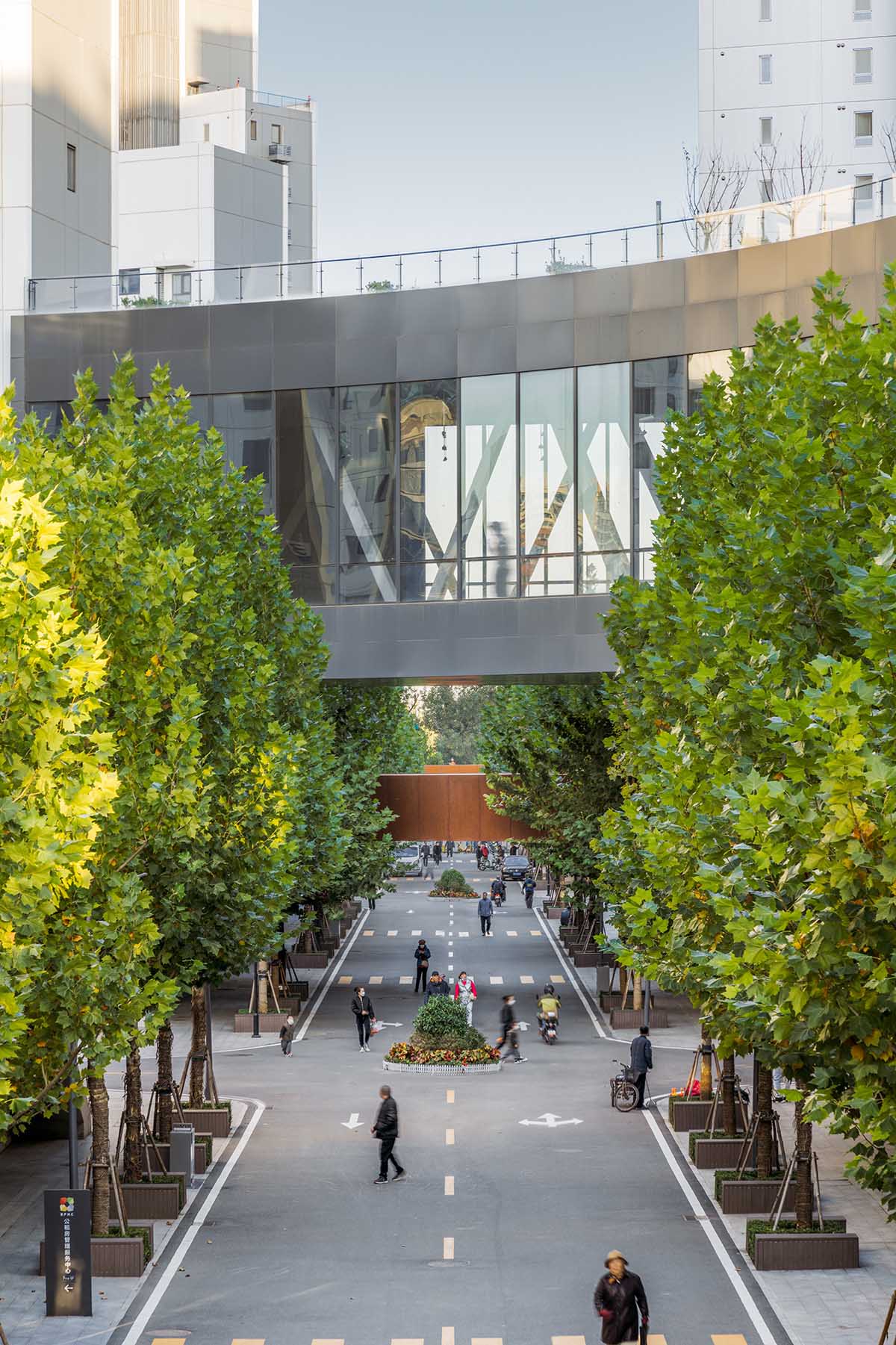
Image © CreatAR Images
MAD places commercial spaces on the first level and designs community spaces on the second level. A sweeping red-colored walking pathway and running track spans throughout the complex - and partly turns into an elevated park or bridges.
The studio divides the plot into six blocks derived from the city grid and it consists of 12 residential buildings collectively providing 4,000 apartment units.
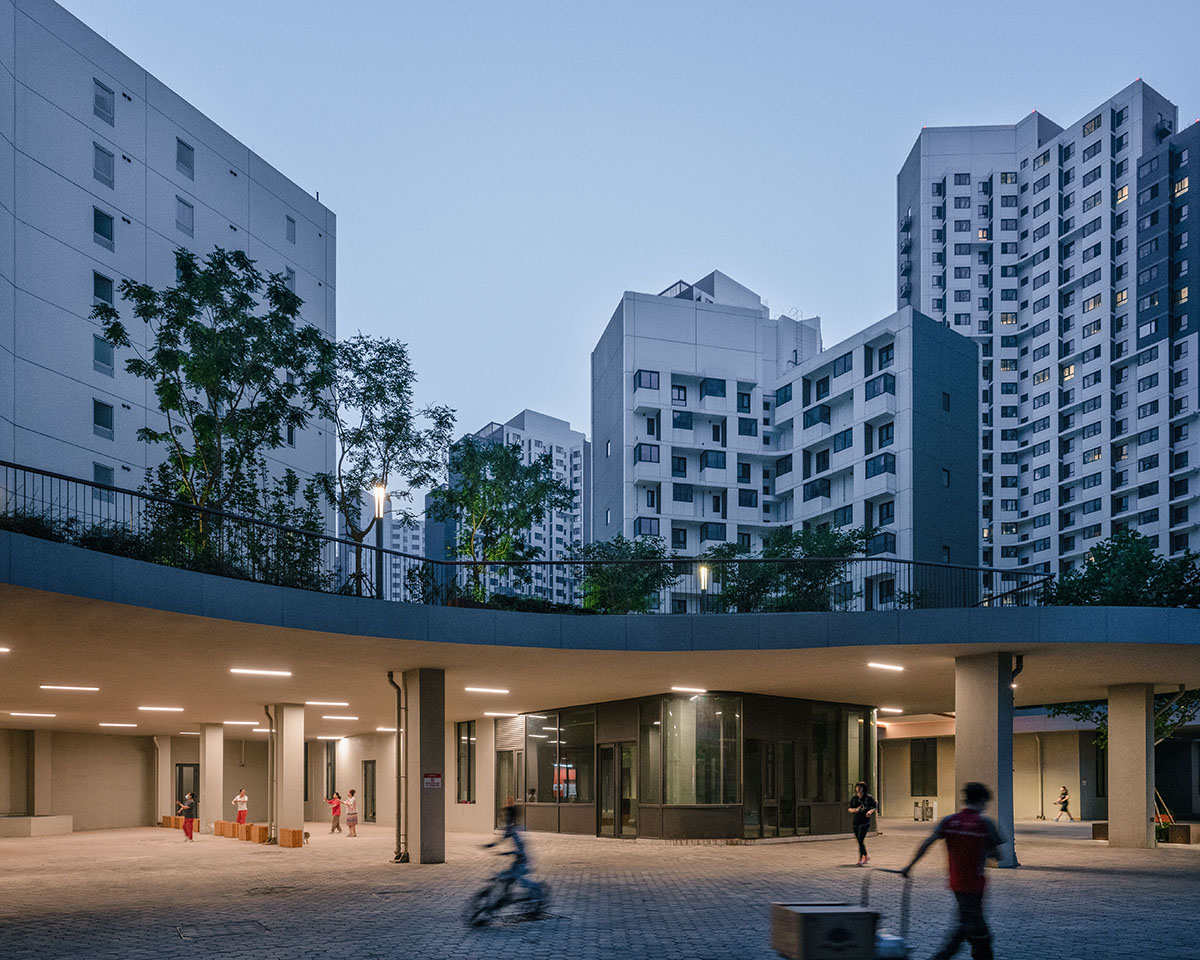
Image © Zhu Yumeng
MAD stated that since its completion, almost 3,000 families have moved in. In addition, the project offers dwellings for welfare dependents and young professionals.
The project emerges as a culmination of Ma Yansong’s extensive research into social housing, which began in 2014.
Under the thematic topic “The Sociality of Social Housing,” MAD’s research explores the historical development and design of social housing across different countries. The research has been further developed by Ma Yansong’s own engagements with this subject while teaching at Tsinghua University and the Beijing Architecture University.
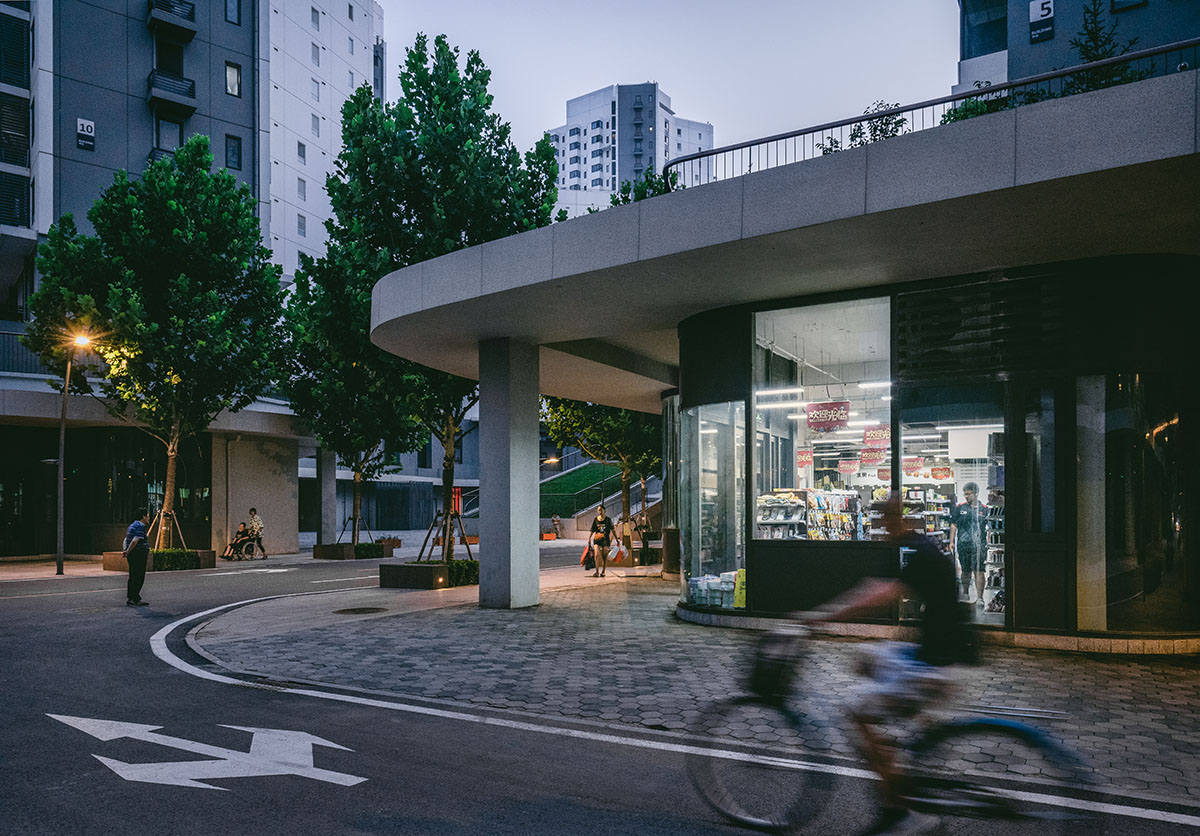
Image © Zhu Yumeng
Later, Beijing’s Public Housing Center invited Ma Yansong to design the Baiziwan Social Housing in 2014.
According to MAD, this commission offered an opportunity to improve the living conditions of low-income communities and introduce a fresh perspective to the current dull residential design image in China.
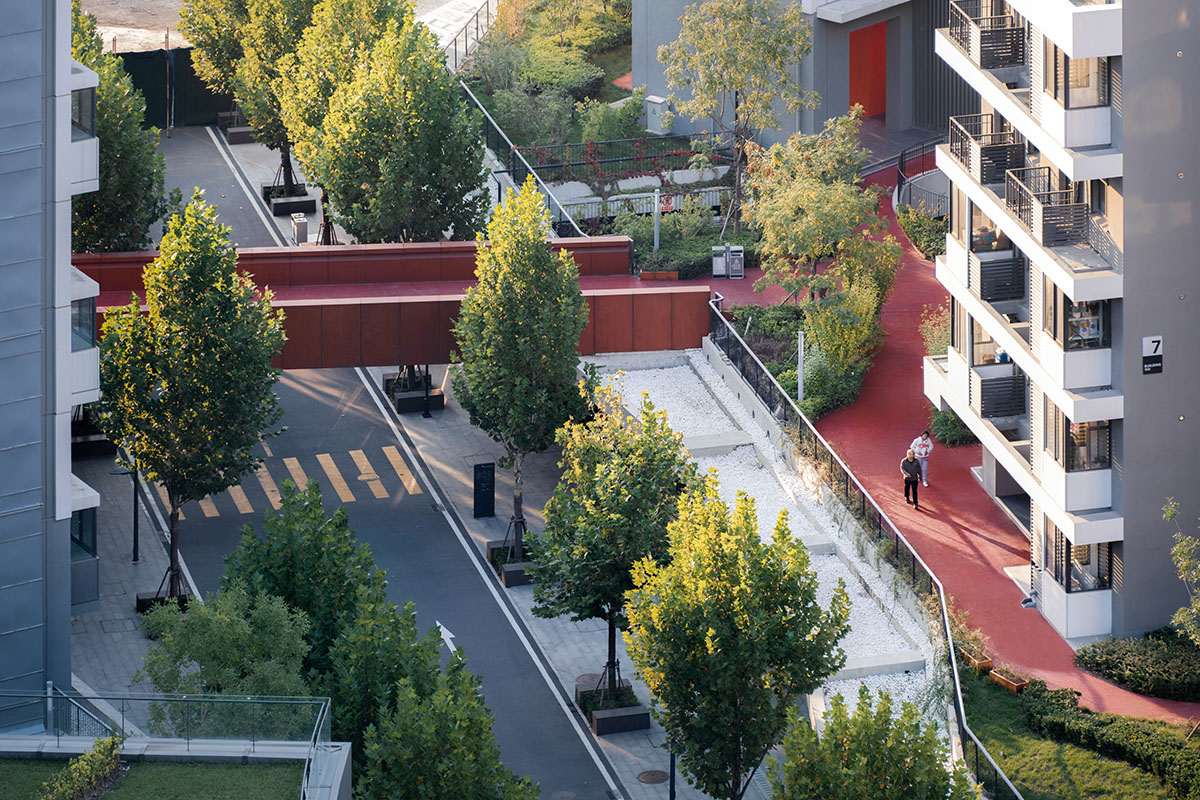
Image © ArchExist
The scheme connects the existing urban fabric and the neighborhood with city. The six blocks features a main avenue cutting through the center of the site. The large site is fragmented into a much smaller human scale.
At street level, the central avenue incorporates a range of commercial and convenience spaces, such as shops, cafes, restaurants, kindergartens, pharmacies, bookstores, and elder care facilities.
The arterial route through the center of the scheme fosters connections between the neighborhood and city. With the human-scaled site planning and diversity of spaces, the design creates a vibrant and open urban life across the new neighborhood.
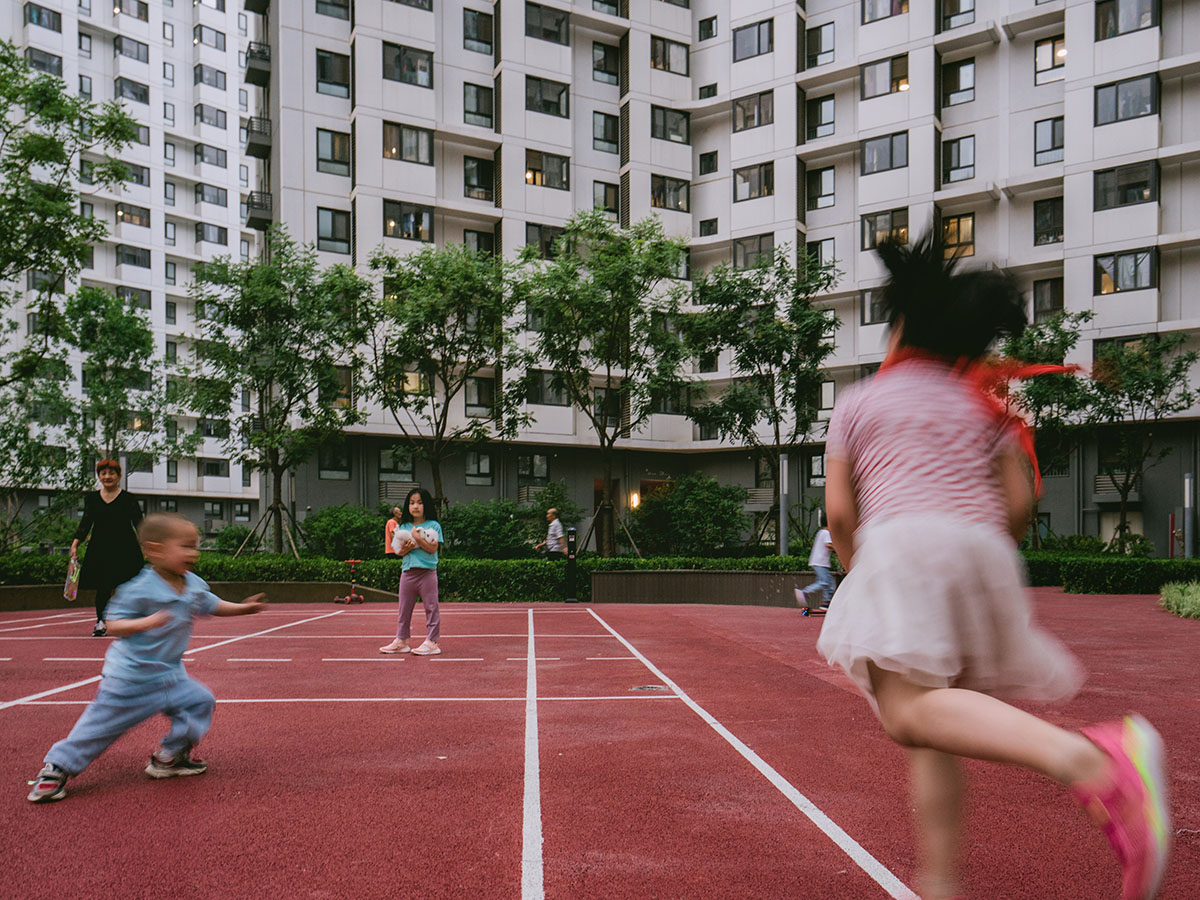
Image © Zhu Yumeng
MAD creates "floating garden"
MAD opens the ground level to a wider urban audience, and the second level can only be accessed by the residents and offers a communal outdoor landscape for residents.
A red-colored pedestrian circuit weaves around all six blocks, forming a large above-ground park with a variety of communal functions including a gym, community gardens, badminton court, children’s playground, ecological sanctuary, and communal support services.
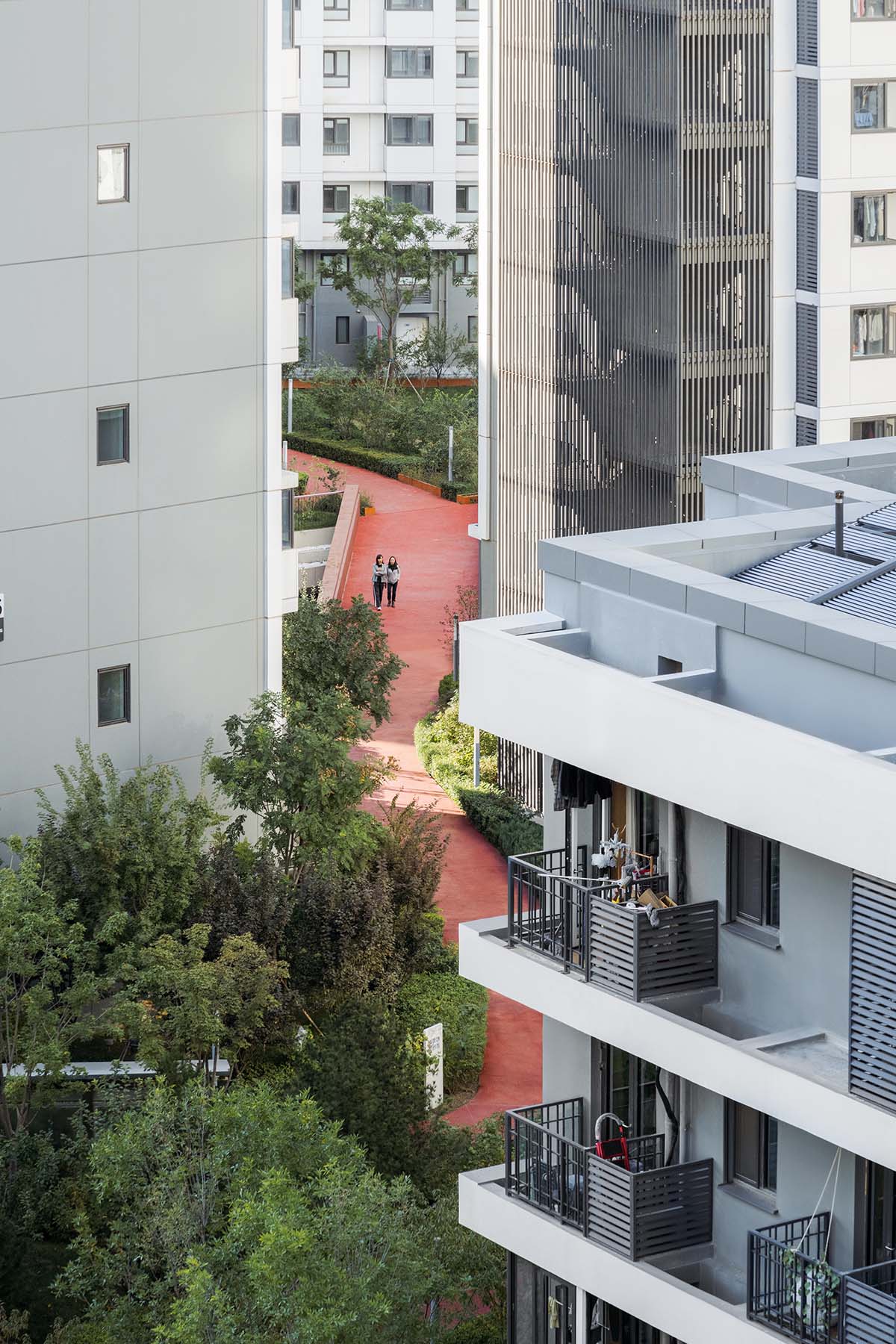
Image © CreatAR Images
In addition to the main residents’ park on the second floor, MAD’s scheme incorporates staggered half-floors and semi-opened gray spaces of various scales throughout the design.
Despite the rigid green coverage ratio of residential design specifications and the high density required for city center living, the scheme strives to provide green coverage on ground level, the second-level park, and rooftop, ensuring residents enjoy a holistic setting with strong connections to nature and the outdoors and achieving a green coverage of 47 per cent.
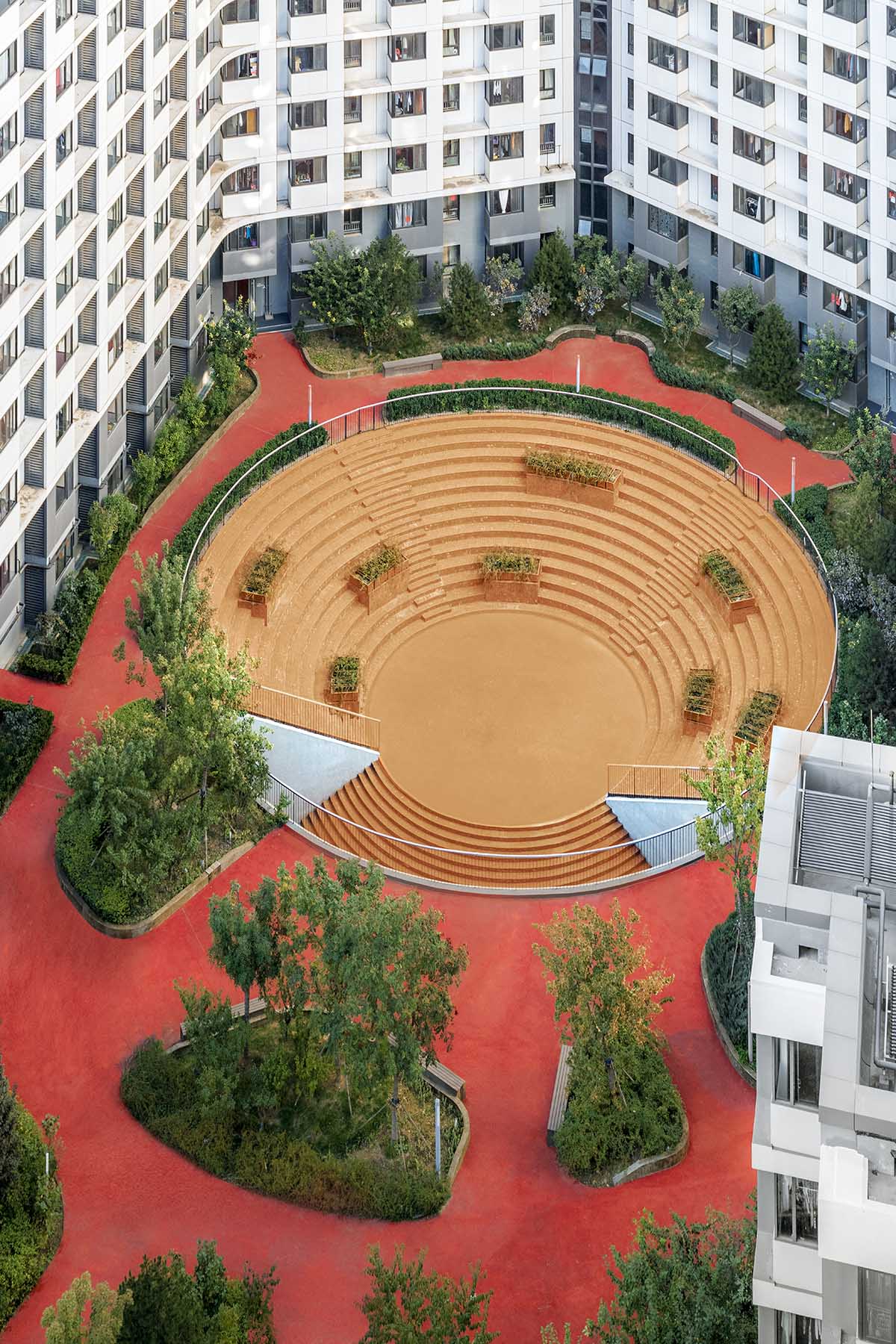
Image © CreatAR Images
The standardized green coverage of the commercial residential compounds is 30 per cent.
The blocks have Y-shaped footprints that combine with gradual stepping forms and staggered heights which fabricates an overall “mountain” topography across the site.
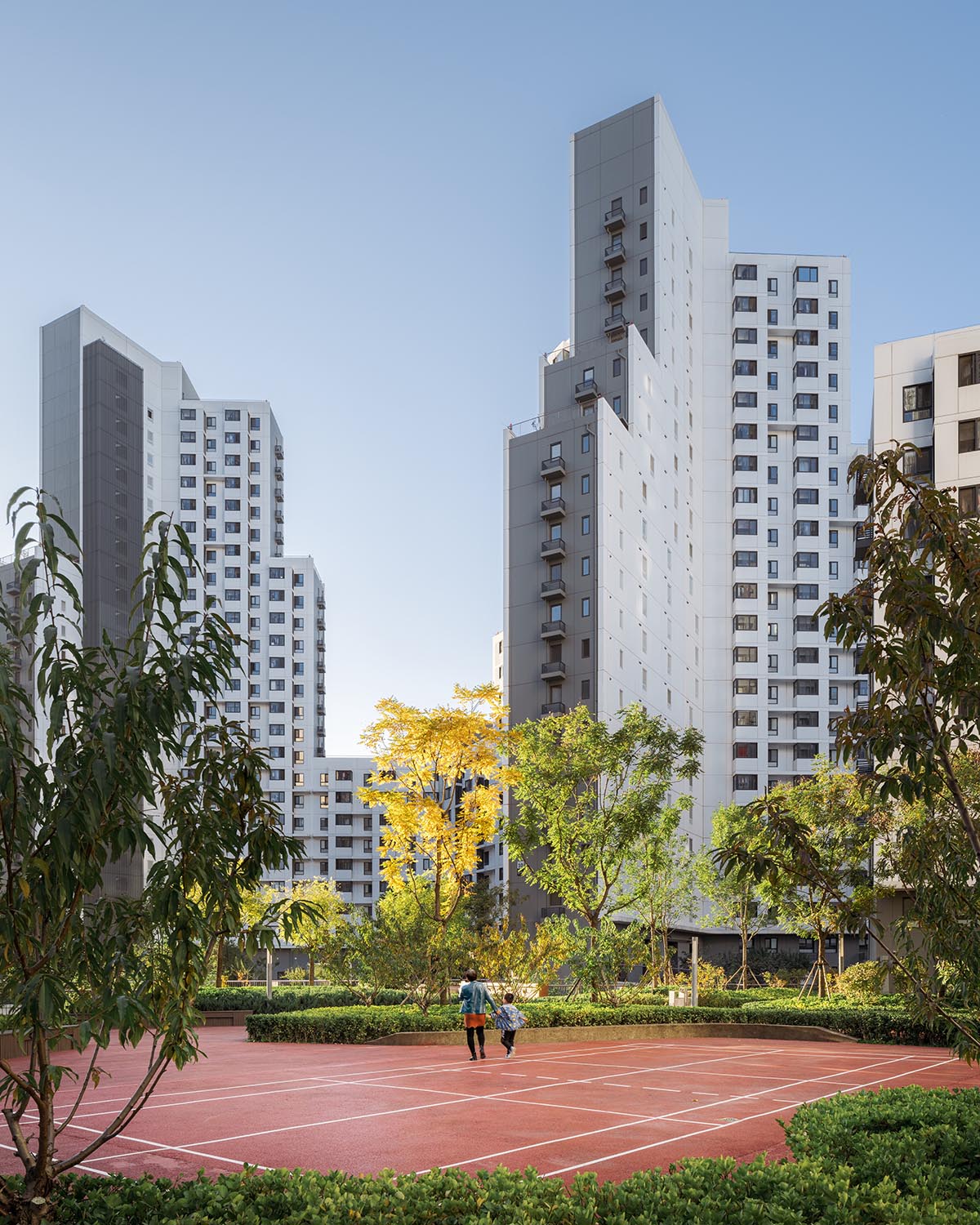
Image © CreatAR Images
The interface between buildings form semi-enclosed spaces, promoting a sense of intimacy and community across the site on a human scale," said MAD.
"From afar, the scheme’s simple white façade and undulating mountain form creates an enriching addition to the city skyline."
The project’s 4,000 residential units are distributed in six general typologies where three of them are ultra-low energy consumption typologies, spanning areas of 40 square meters, 50 square meters, and 60 square meters.
The studio used light-coated board as the partitions between the rooms, enabling ease of maintenance and flexibility for decoration by residents.
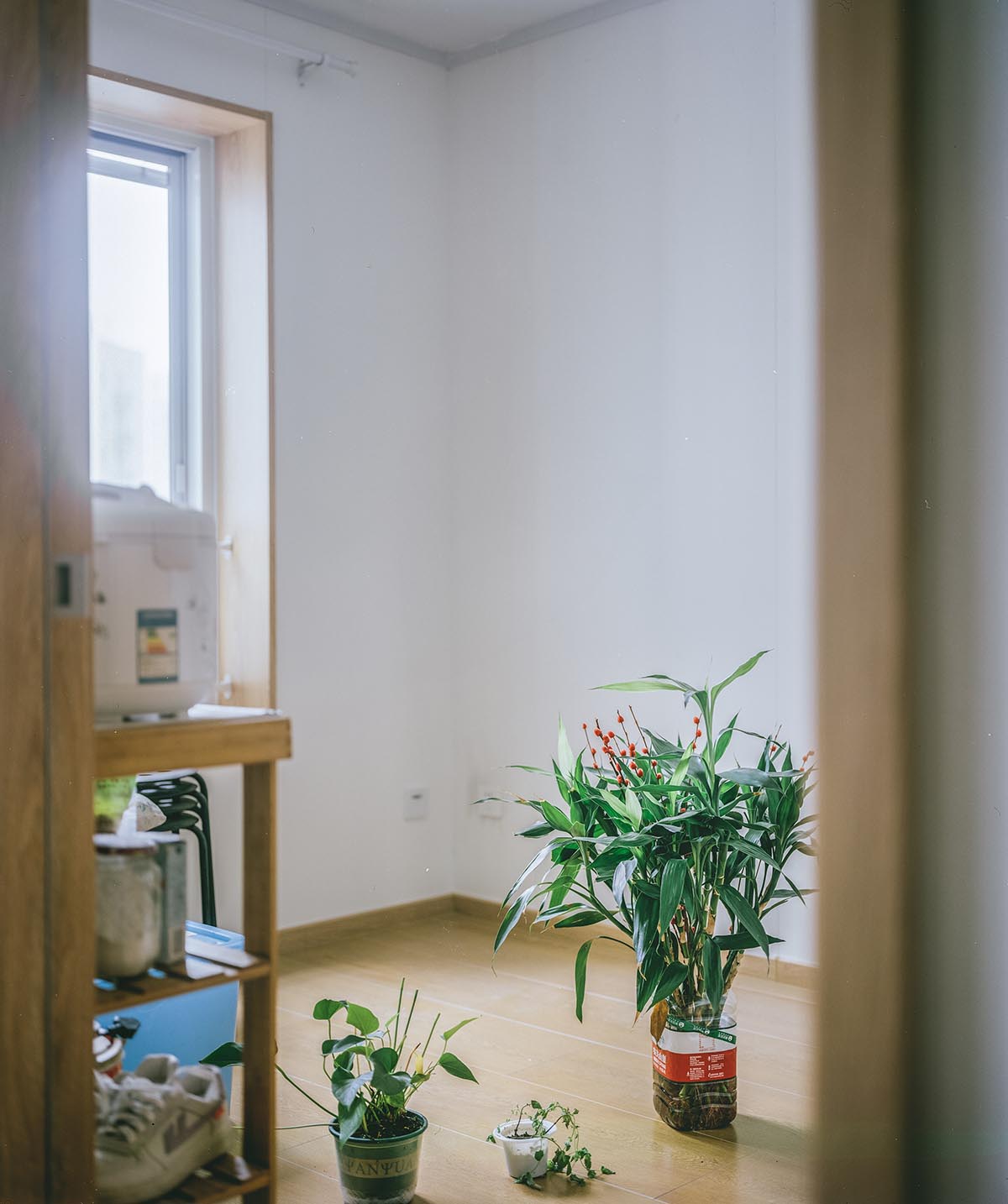
Image © Zhu Yumeng
Daylight Right
"With the plot ratio of 3.5 and the height limit of 80 meters, the high density has caused many restrictions on general layout for each unit’s daylight calculation," MAD added.
Throughout the design process, the studio sought to ensure that every room across the project should get sufficient sunlight.
The resulting scheme therefore adopts a Y-branch building form, with communal corridors located along the north face of each building to enhance sunlight exposure in the residential units.
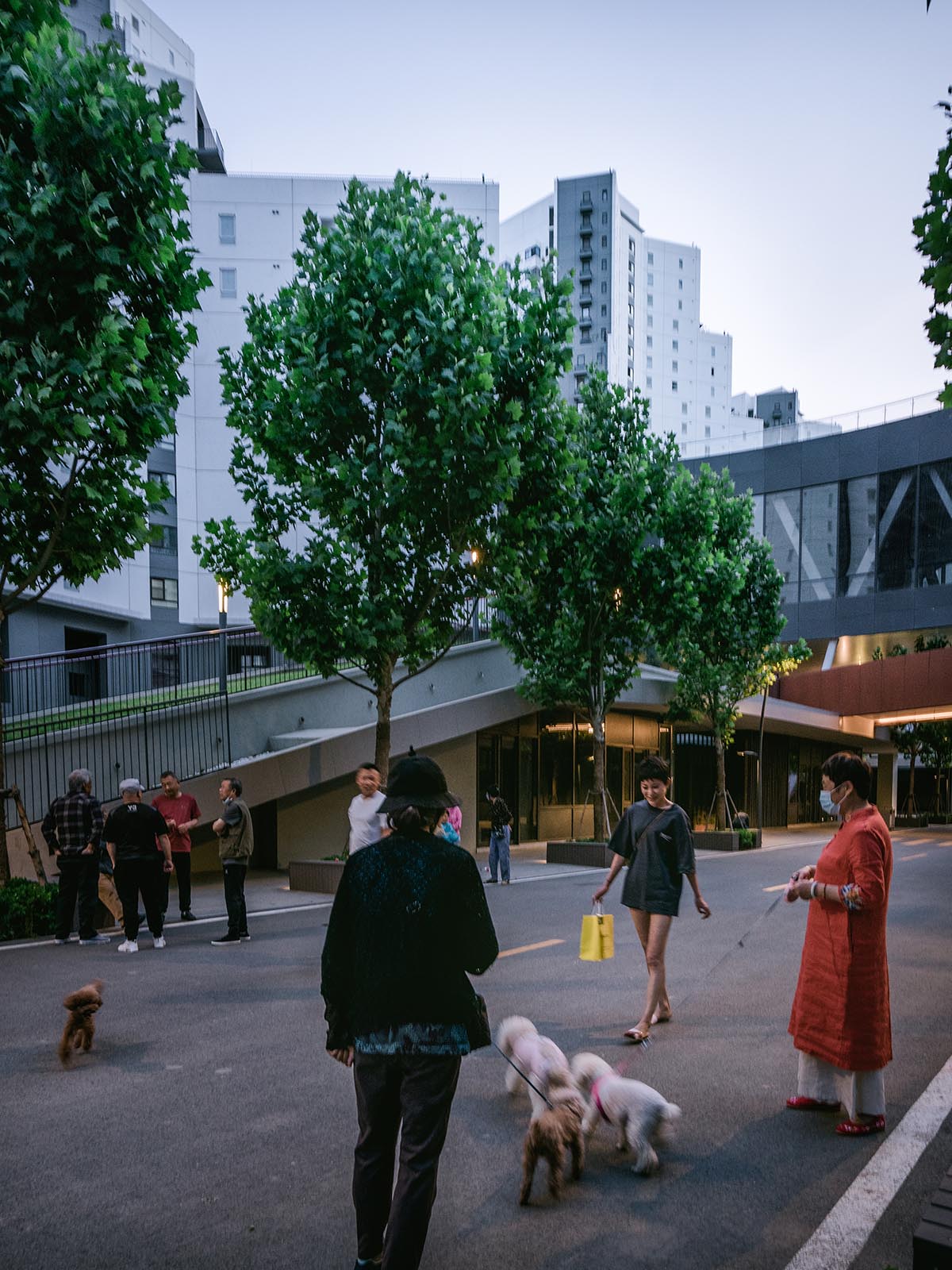
Image © Zhu Yumeng
Prefabrication and Sustainability
MAD also followed the principles of environmentally friendly construction process, the brief of the clients required that over 80 per cent of the building components should be prefabricated off-site.
According to the studio, "this prefabricated method allows for a higher quality of housing production in a controlled, systematized way."
The scheme contains two ultra-low energy consumption buildings, also known as “passive housing,” with low heating and cooling loads, allowing the buildings to reduce energy consumption by 90 per cent.
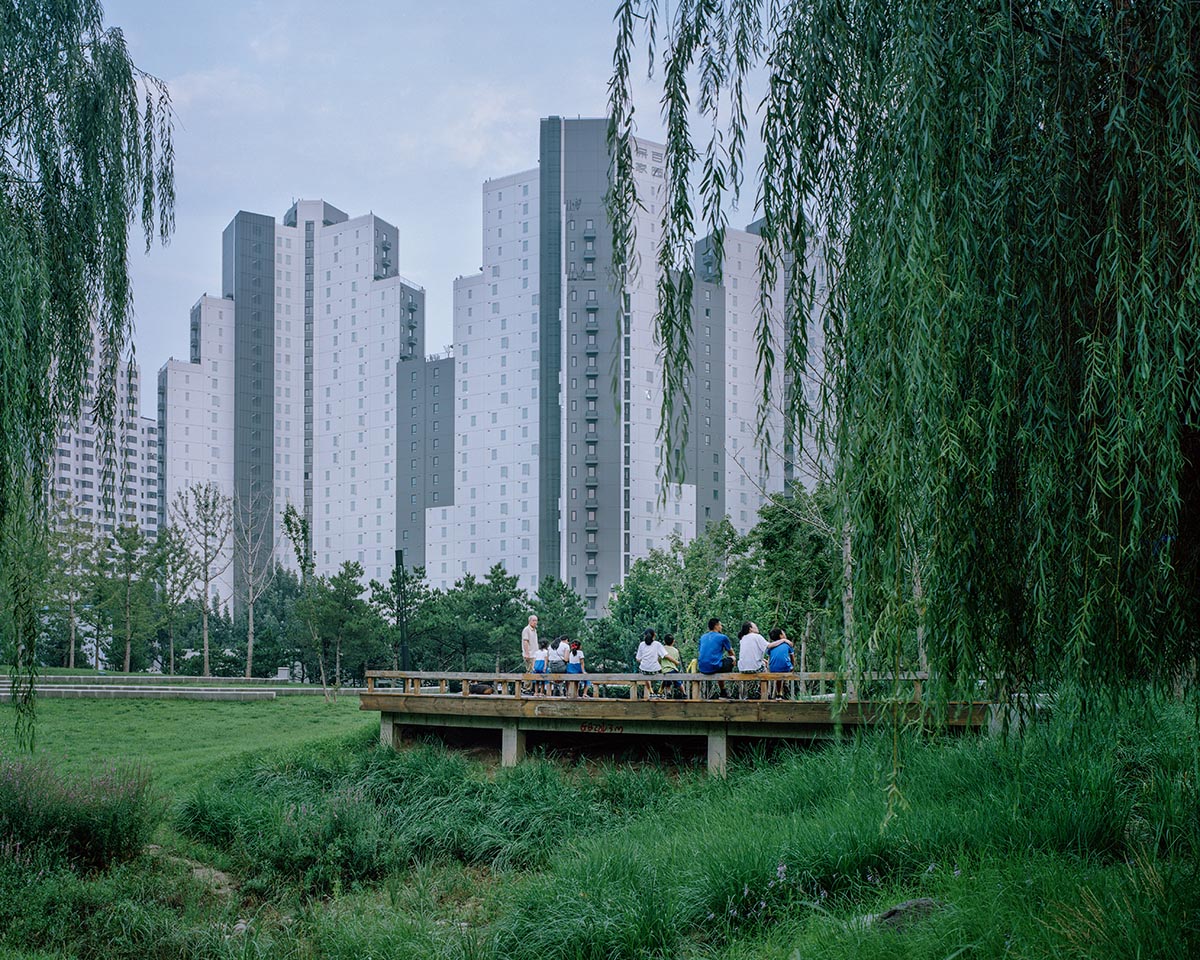
Image © Zhu Yumeng
Towards New Residential
MAD explained that "Over the past decades, China’s residential design and market have shifted dramatically. Rapid real estate development has led to the homogenization of residential design."
"Welfare-oriented housing development has not been considered as priority during the housing privatization period."
Entering the new era that China advances its investment in social housing, for existing low-income urban dwellers and influx of migrants, MAD aspires to offer a design solution for a more humane, equal, and vibrant living environment.
Video by Blackstation.
"Human is the aim of habitat," MAD continued.
"The notion encompasses dignity and social equity. The design concept for Baiziwan Social Housing integrates affordable housing communities with a universal ideal for dignified living."
This project is achieved by a simple aesthetic and Baiziwan Social Housing is an important step forwards ideal living in China.
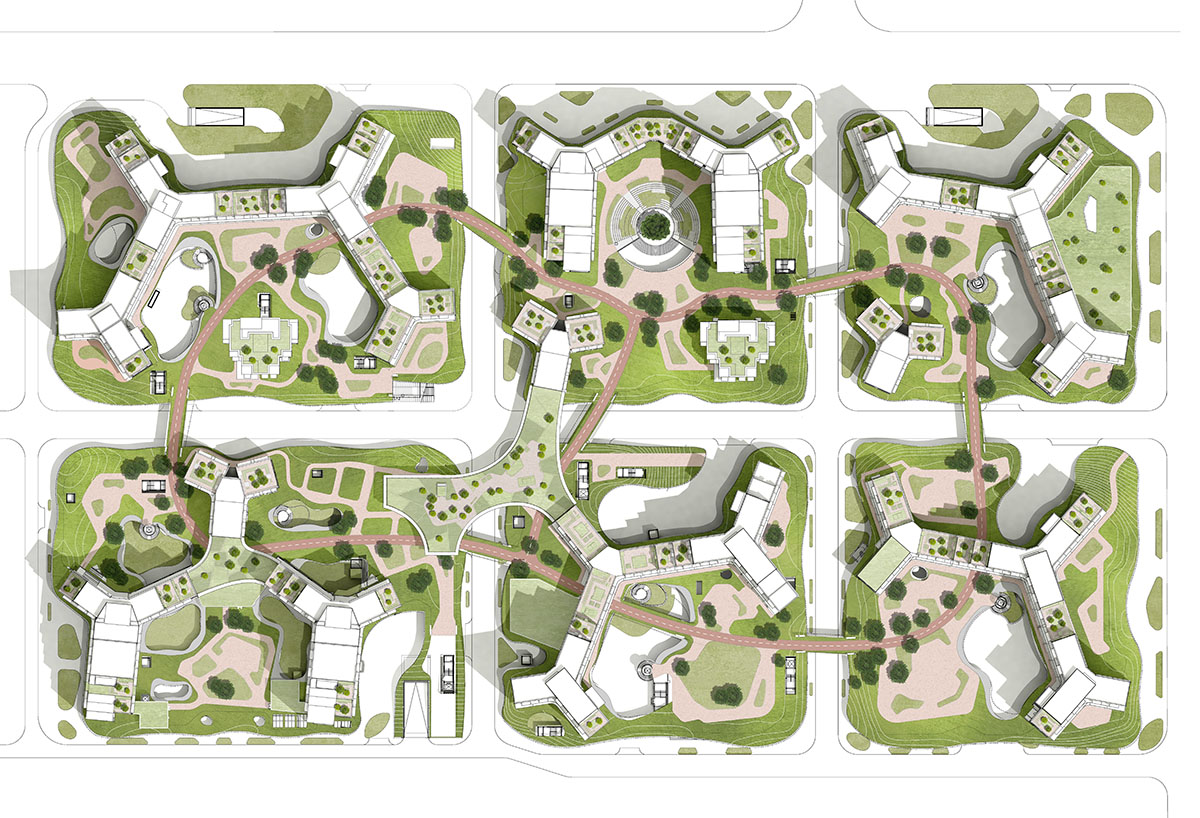
Masterplan
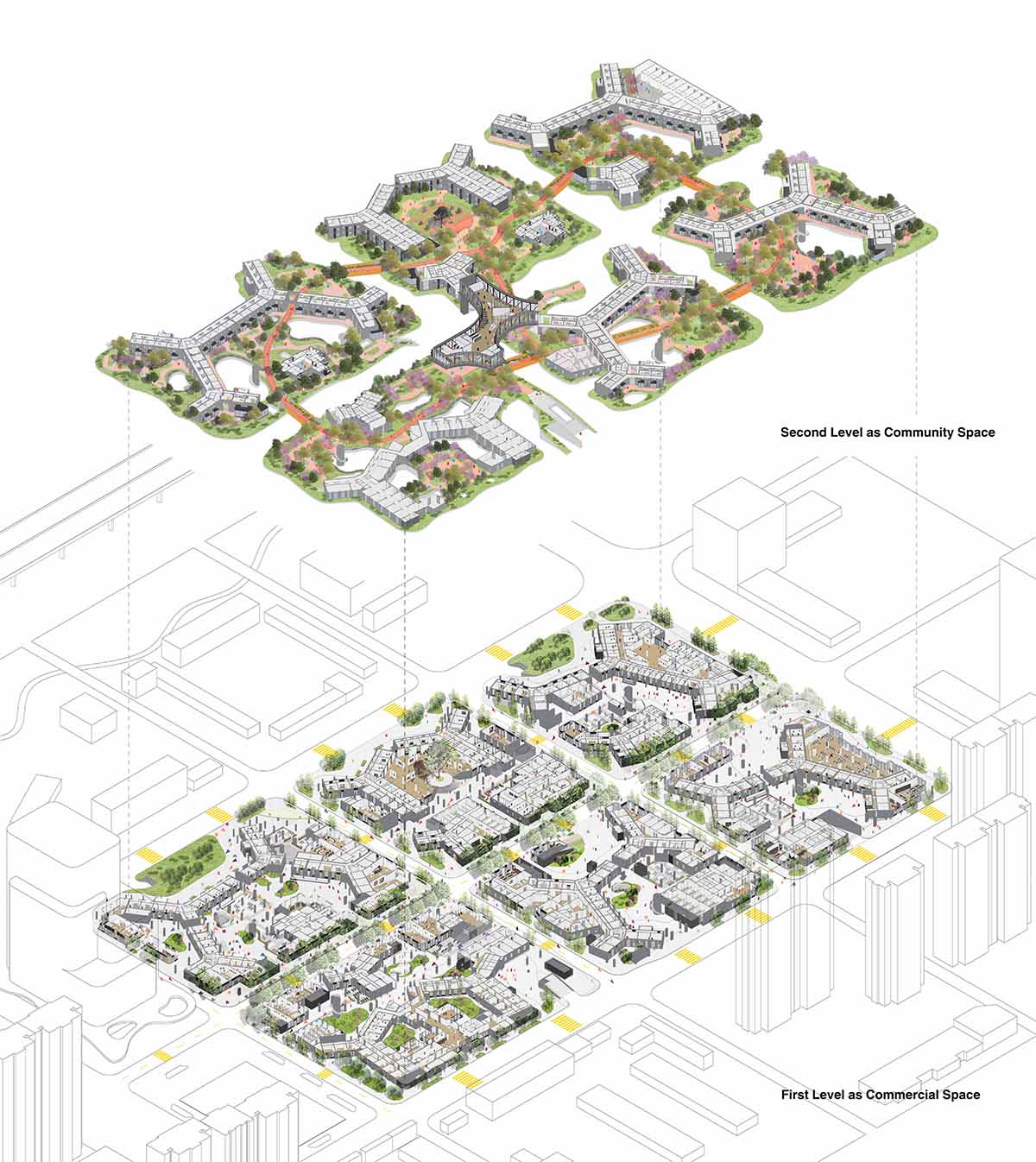
Vertical community diagram
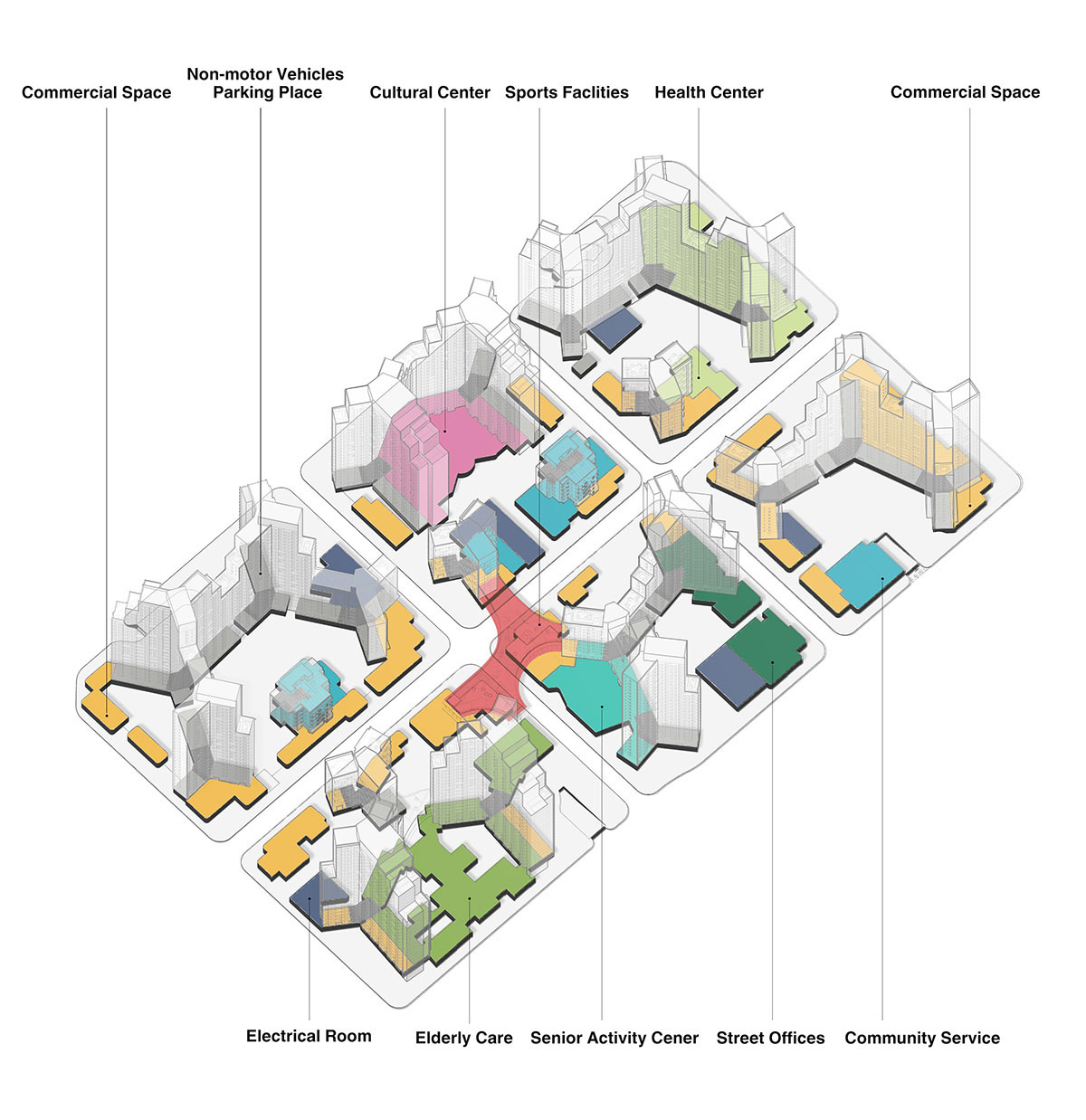
Function diagram
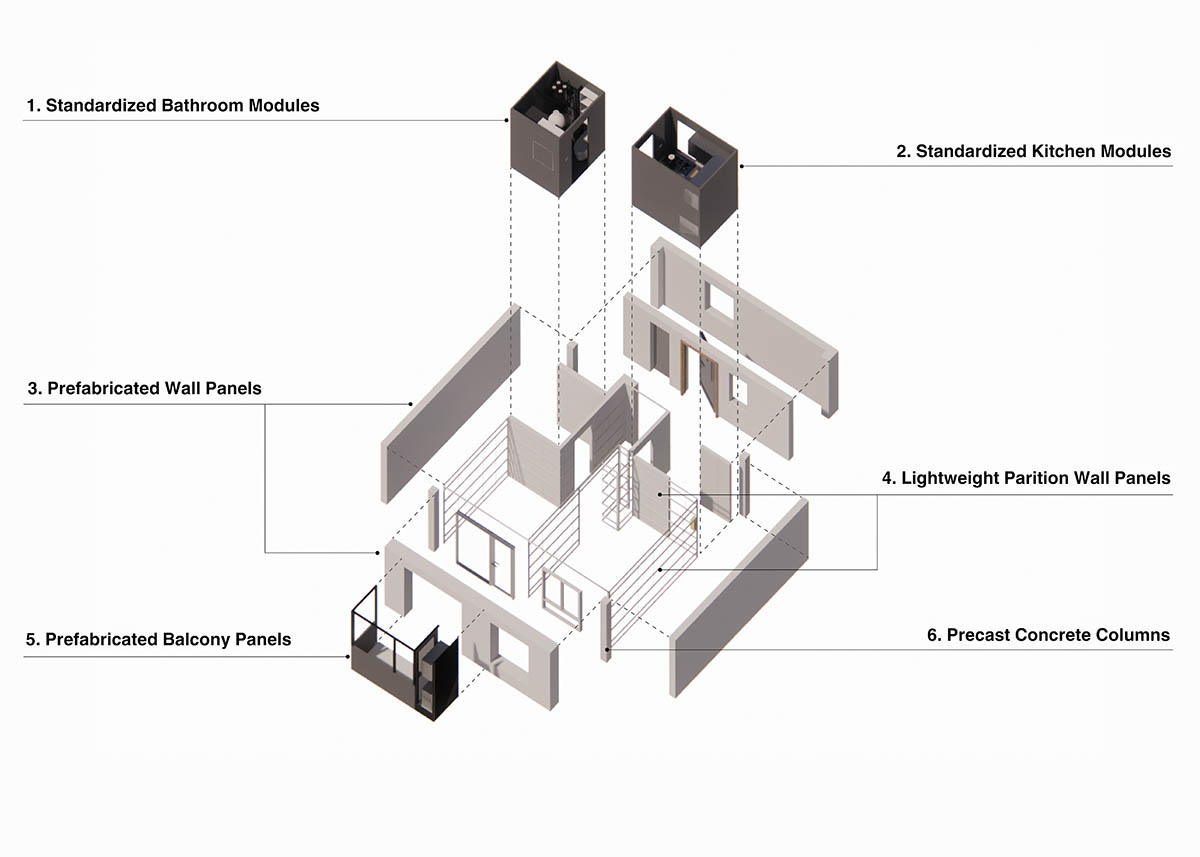
Prefabricated construction exploded diagram
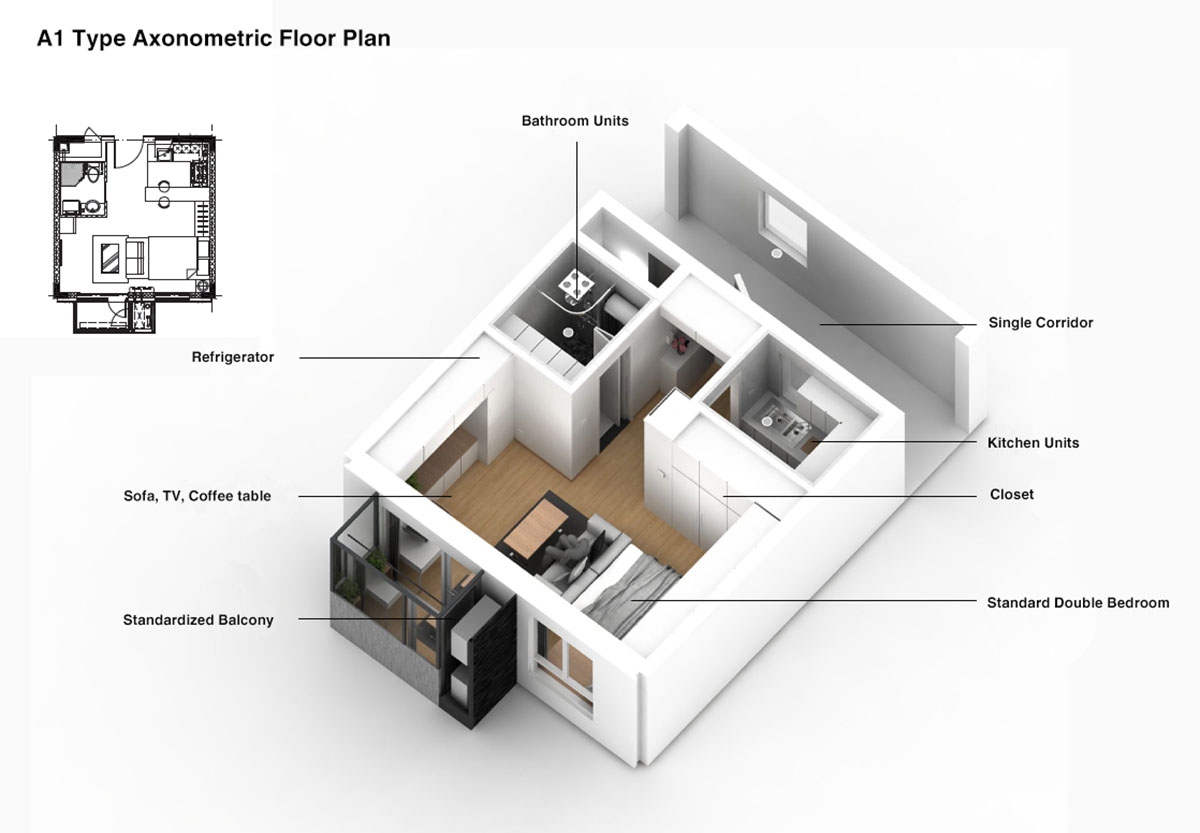
A1 apt layout diagram
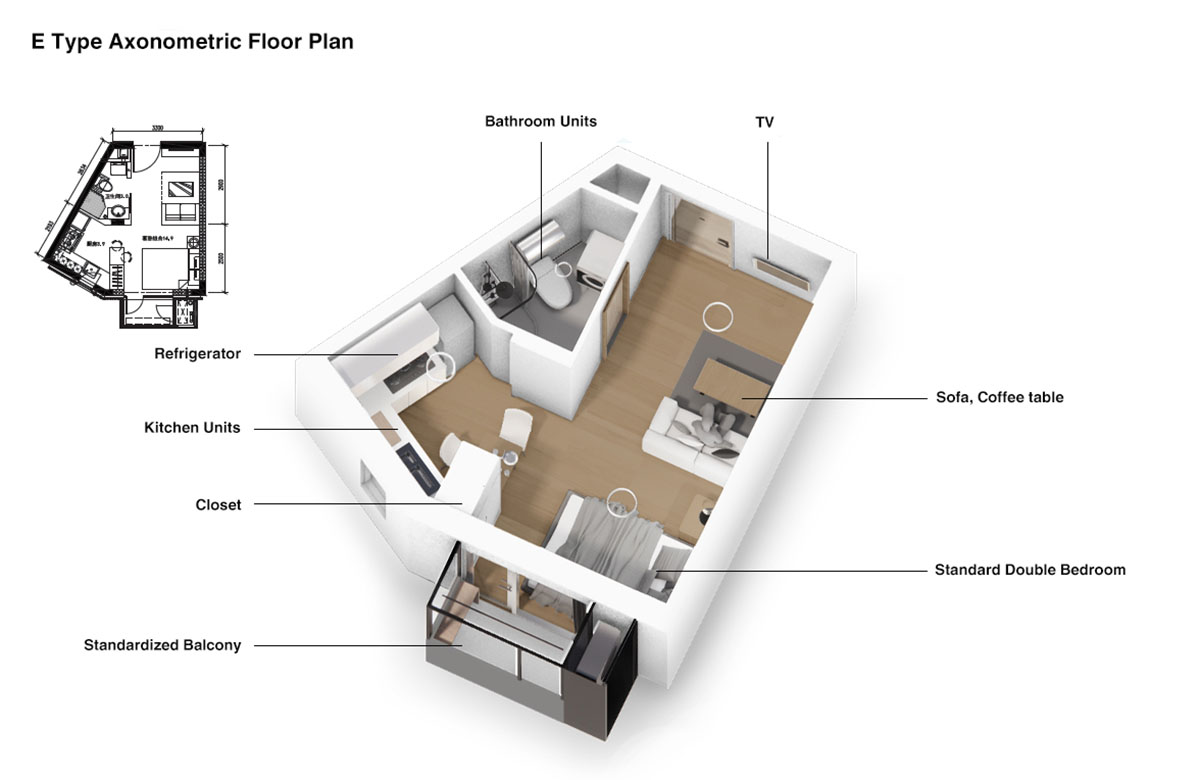
E apt layout diagram
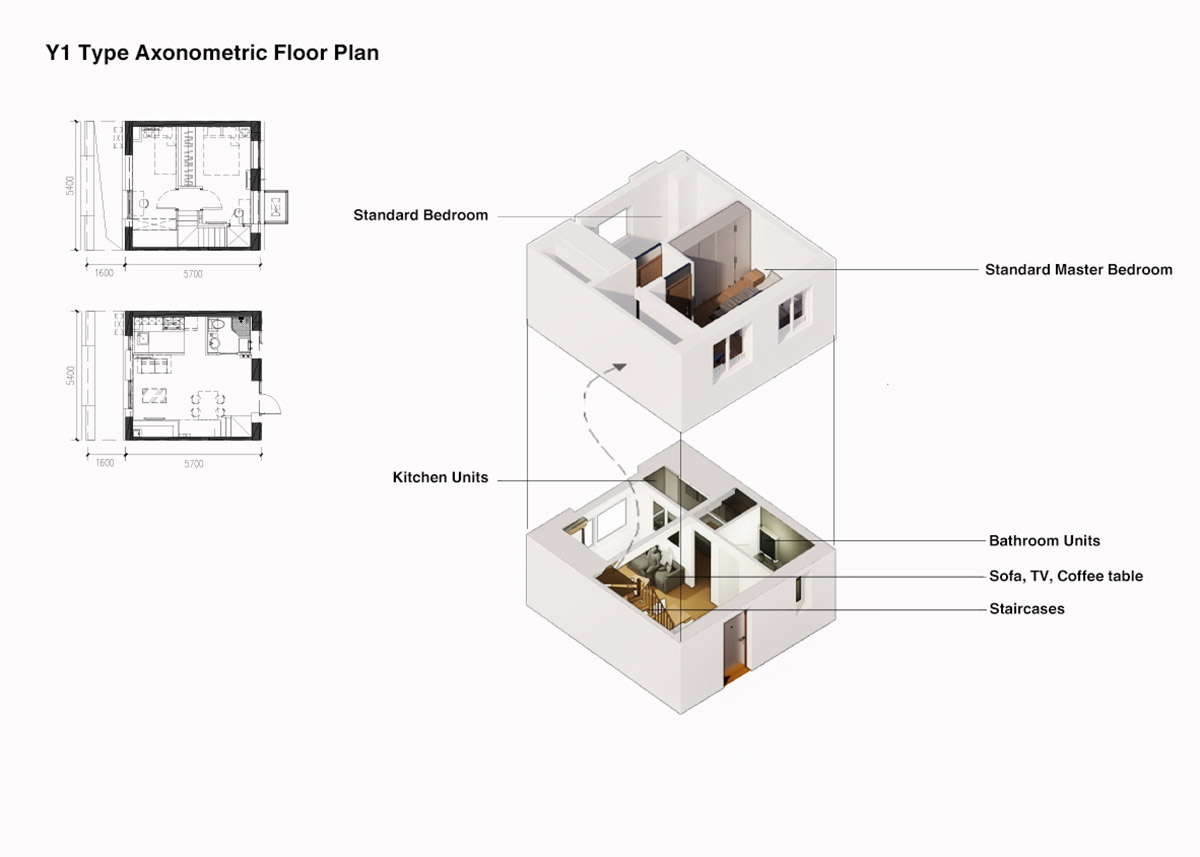
Y1 apt layout diagram
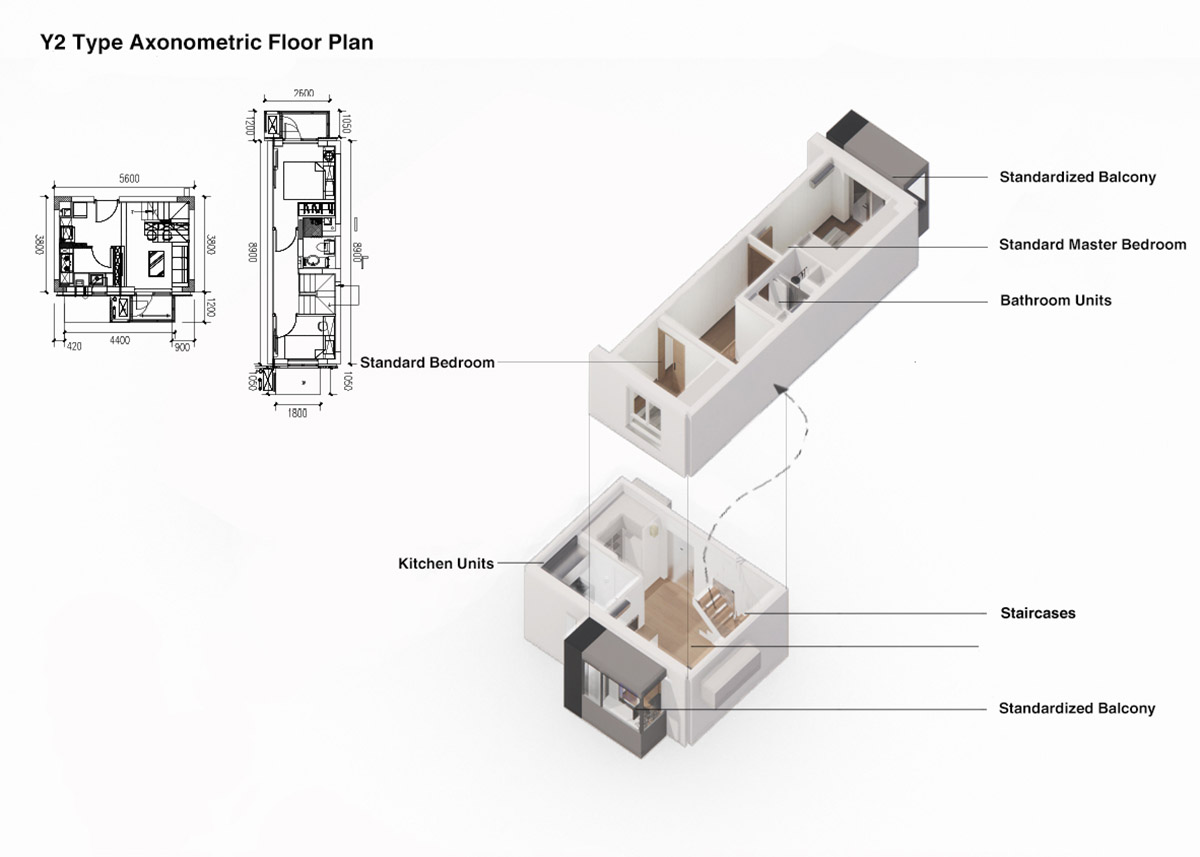
Y2 apt layout diagram
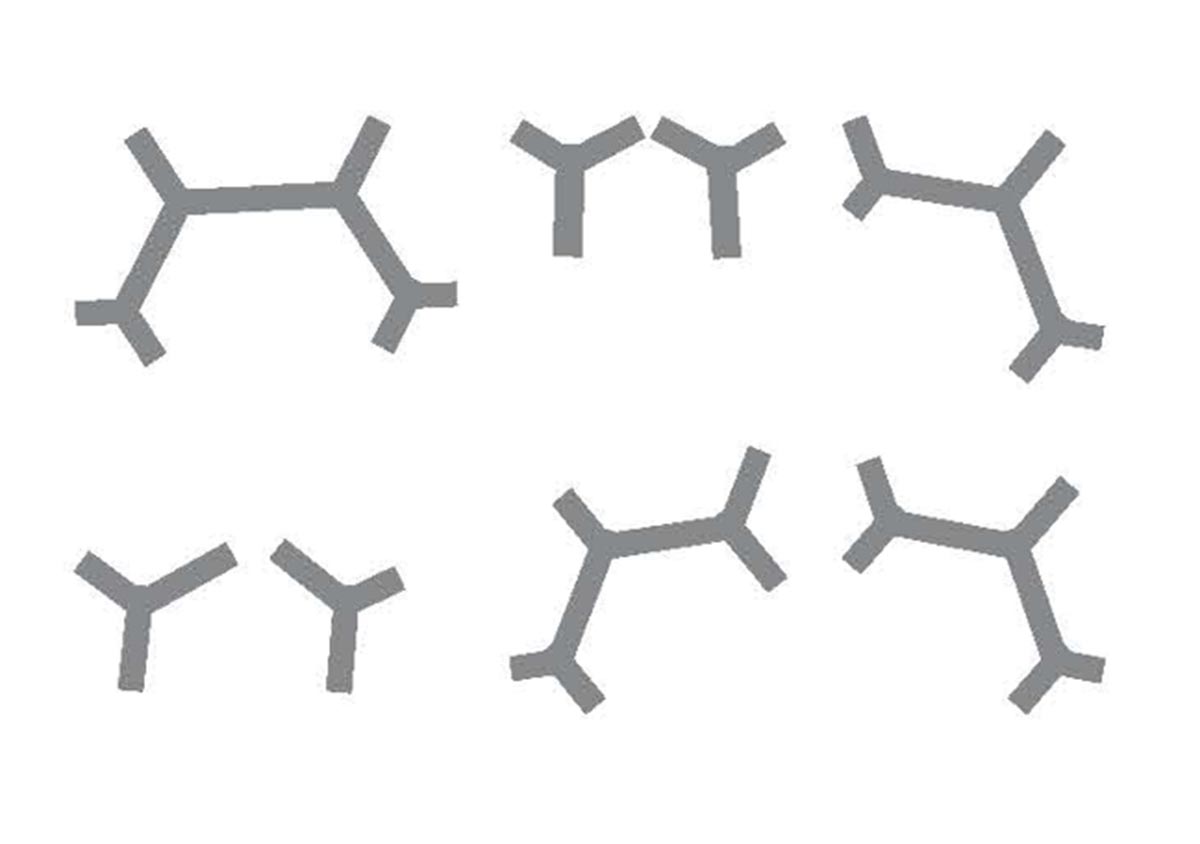
Signage System Design
Project facts
Project name: Baiziwan Social Housing
Architects: MAD
Location: Beijing, China
Date: 2014-2021
Category: Social housing
Total Construction Area: 473,346 square meters
Aboveground Building Area: 303,351 square meters
Underground Building Area: 169,995 square meters
Principal Partners in Charge: Ma Yansong, Dang Qun, Yosuke Hayano
Associate Partners: Liu Huiying, Fu Changrui
Design Team: He Xiaokang, Zheng Chengwen, Shang Li, Xu Chen, Li Guangchong, Wang Deyuan, Zheng Fang, Tong Shangren, Mujung Kang, Zhang Tingfu, Zhang Long, Zhang Kai, Kazushi Miyamoto, Yukan Yanagawa, Yu Zhipeng, Tomasz Czarnecki, Davide Signorato, Natalia Giacomino, Sear Nee, Yuan Yiwen, Steven Chaffer Park, Dookee Chung, Hiroki Fujino, Jiang Xuezhu, Chen Luman, Dina Khaki, Yang Xuebing
Client: Beijing Public Housing Construction and Investment Center
Design of Construction Drawings: Beijing Institute of Architectural Design
Landscape Design: Earthasia Design Group (shanghai)
Lighting Design: Beijing Ning Field Lighting Design Corp. Ltd
Signage Design: NDC China, Inc
Structure Consultant: CCDI International Design Consultants Co., Ltd.
First Stage construction: Beijing Uni.-Construction Group Co., Ltd
Second Stage Construction: Beijing Construction Engineering Group Co., Ltd
Supervisory organization: Beijing Innovation Construction Engineering Management Co., Ltd
Prefabrication Production: Beijing Yantong Construction Components Co., Ltd
Top image © ArchExist
All drawings © MAD
> via MAD
